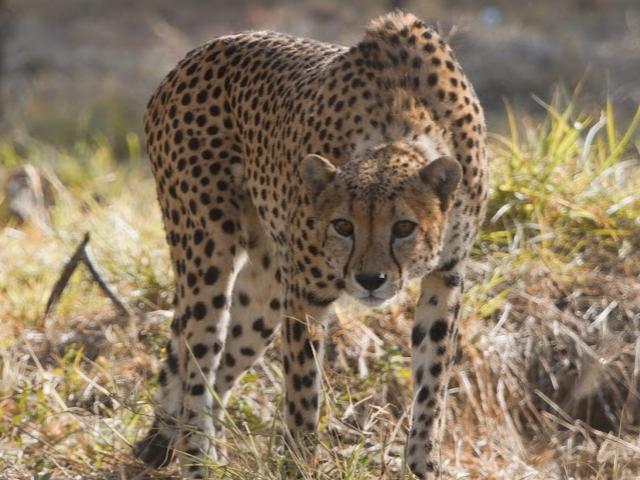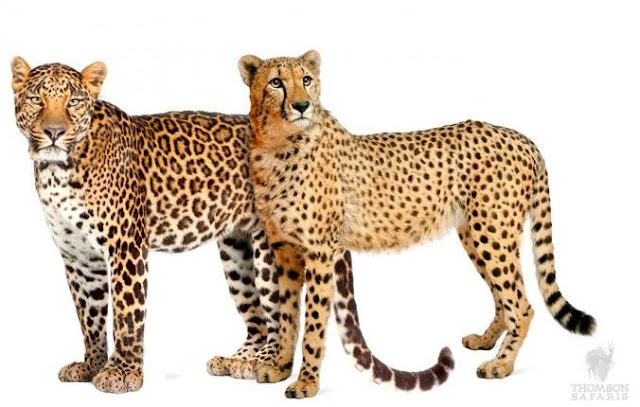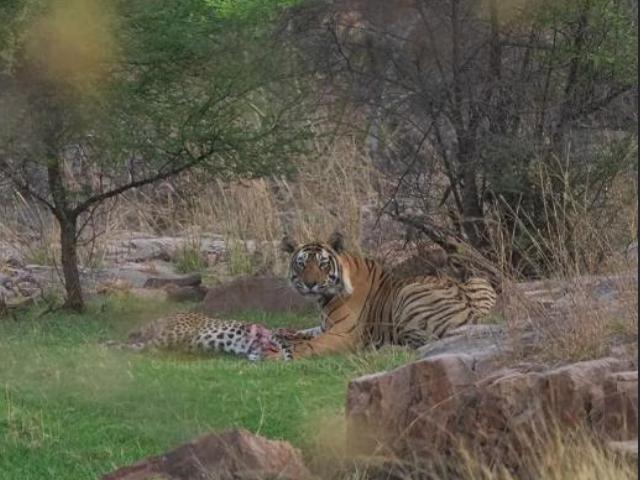There is further delay in Cheetah’s flight to India. Whether the delay is caused by the threat of leopard presence inside the Cheetah enclosures prepared in Kuno Palpur national park of Madhya Pradesh or it’s a procedural delay in signing of MoU between South Africa and India.Though an MoU was already signed with Namibia on July 21 this year , Cheetahs have yet to be translocated from this south west African nation.
Silence Over The Delay
Riddled with controversies and concerns raised by environmentalists, the cheetah project has been in the news for wrong reasons right from the beginning. Termed as a “vanity project “and an “expensive mistake” by experts like Ravi Chellam, the cheetah project has been opposed mainly for denying lion’s entry to Kuno that was prepared for a second home to the Asiatic lion among other conservation issues. Firstly, in March this year, Namibia wanted India’s support for lifting a United Nations ban on commercial trade of wildlife products, including ivory, for translocation of cheetahs to Kuno Palpur. But after the MoU was signed with Namibia - the terms and conditions of which are still unknown- people in India thought cheetah would be airlifted soon. The government is also tightlipped both on the date of cheetah’s arrival and also the MoU issues with South Africa. Professor Adrian Tordiffe Faculty of Veterinary Science with the at the University of Pretoria (UP) told thewildlifeindia, "Unfortunately we have not been informed as to why the MoU has not been signed yet. It seems that there is just a parliamentary process that needs to be followed. I am not aware of any outstanding concerns about what is contained in the MoU from either the Indian or South African side. I am also not certain of how long the process will take”.
Also read : Lion ,Cheetah And The Politics Of Conservation
In an earlier interview on July 26 he had hoped, “If all goes to plan, we are hoping to have 12 cheetahs in India by August 15”. The University of Pretoria (UP) academics are playing a lead role in driving the “reintroduction of wild cheetahs into India, as part of efforts to ensure the survival of the species”. The officials of the Union ministry of environment forests and climate change have not yet come up with any official reason for the delay. They have also not yet announced some dates. Even the government of the state of Madhya Pradesh is completely in the dark. Top officials of the wildlife wing of the state forest department have said that the centre was not “ keeping us abreast” with the developments. Surprisingly, no state government official or politician was present at the ceremony when the MoU was signed with Namibia. “ We were not invited”, said a top bureaucrat in the state Secretariat.
" Leopards Are A Potential Threat"
When all this was happening, there were reports of the presence of leopards inside the large enclosure of Kuno. Five leopards barged into the 10 feet high enclosure spread around a 12 kms area. In the first stage the cheetahs would remain confined inside this enclosure before they acclimatize with the local conditions. A team of over 100 people including the local officials and those from the Wildlife Institute of India (WII) have been making huge efforts to catch the spotted cat but in vain. The park has a high population of leopards of about 9 to 10 per 100 square km, as per the 2018 leopard census by National Tiger Conservation Authority (NTCA). The elusive cats have so far evaded all the traps after feasting on the kill that was kept inside it. Professor Adrian said, “ the leopards that are still in the quarantine camps at Kuno do still need to be removed before the arrival of the cheetahs. I believe that an Indian team from the NTCA is at Kuno to capture and translocate the leopards. But the main reason for the delay in the transfer of the cheetahs is the MoU that needs to be signed.”
Also read: Gujarat Lions Are Weak, Lack Vigor
He admitted “Leopards are a potential threat to cheetahs, especially if they are together in a relatively small space like the quarantine camps at Kuno. This would be an unnecessary risk.” He said that, “Once the cheetahs are released they will of course have to compete with the leopards, but then they will have more space to escape”. He also said that “All the cheetahs that we are sending to Kuno come from reserves in South Africa that have leopards and in some cases lions too. So these animals are used to coexisting with other large predators. This does not mean that the leopards pose no risk to the cheetahs, but we feel it is an acceptable level of risk.”
Also read: Cheetah Races For Kuno Defeats Lion
In India a layman is still confused between a cheetah and a leopard mainly because of the spots on their coat. But the most common difference between these two animals is the patterns on their coat. At first glance, it may look like they both have spots, but in actual fact, a leopard has rosettes which are rose-like markings, and cheetahs have a solid round or oval spot shape. Cheetah is known for coursing while leopard is a stalker. Cheetahs have black “tear marks” that start from the inner corner of their eyes, down their cheeks. Cheetahs purr, while leopards growl, snarl, hiss and roar on occasion. As a member of the Big 5, leopards are fierce predators. Cheetahs hunt during the day, while leopards hunt at night. After a kill, cheetahs typically drag their prey across land to a secluded area to eat. In short, a leopard is stronger than Cheetah and may kill it in case of an encounter.
Tiger , Leopard And Cheetah
There is another concern. Kuno is a functional tiger corridor and there has been a history of tigers from neighbouring Ranthambore reaching Kuno. At one stage presence of the tiger was one of the biggest concerns of Gujarat when the issue of lion translocation was discussed. There were many occasions when tigers cross migrate to Kuno from neighbouring Ranthambore where there was a recent report of tiger killing a leoprd and eating it too. The whole wildlife equation is going to change once the cheetahs land Kuno. But Adrian said, “ Cheetahs are very adaptable animals. In southern Africa, they inhabit a wide variety of habitats, from dry, hot desert areas to wetter grasslands, savannah woodlands and bush -veiled thickets. Kuno has quite a mixture of different vegetation types. I am certain the cheetahs will quickly adapt to the new environment there.”
Also read: Why Incredible Tiger Images Keep Coming From Ranthambore ?
Regarding tiger presence, Adrian said, “ Cheetahs existed in India for thousands of years with tigers and leopards, so this will not be a completely new situation. Although tigers can move to Kuno, only one or two have done so in recent history. I don't anticipate that many tigers will ever move through Kuno, but even if they do, remember that cheetahs have lions to deal with in southern Africa.” “In South Africa, lions and leopards do kill cheetahs from time to time, but this has never been a major threat to the cheetah population here”, he added.





Comments
Post a Comment